Home>diy>Building & Construction>How Does Construction Cause Air Pollution
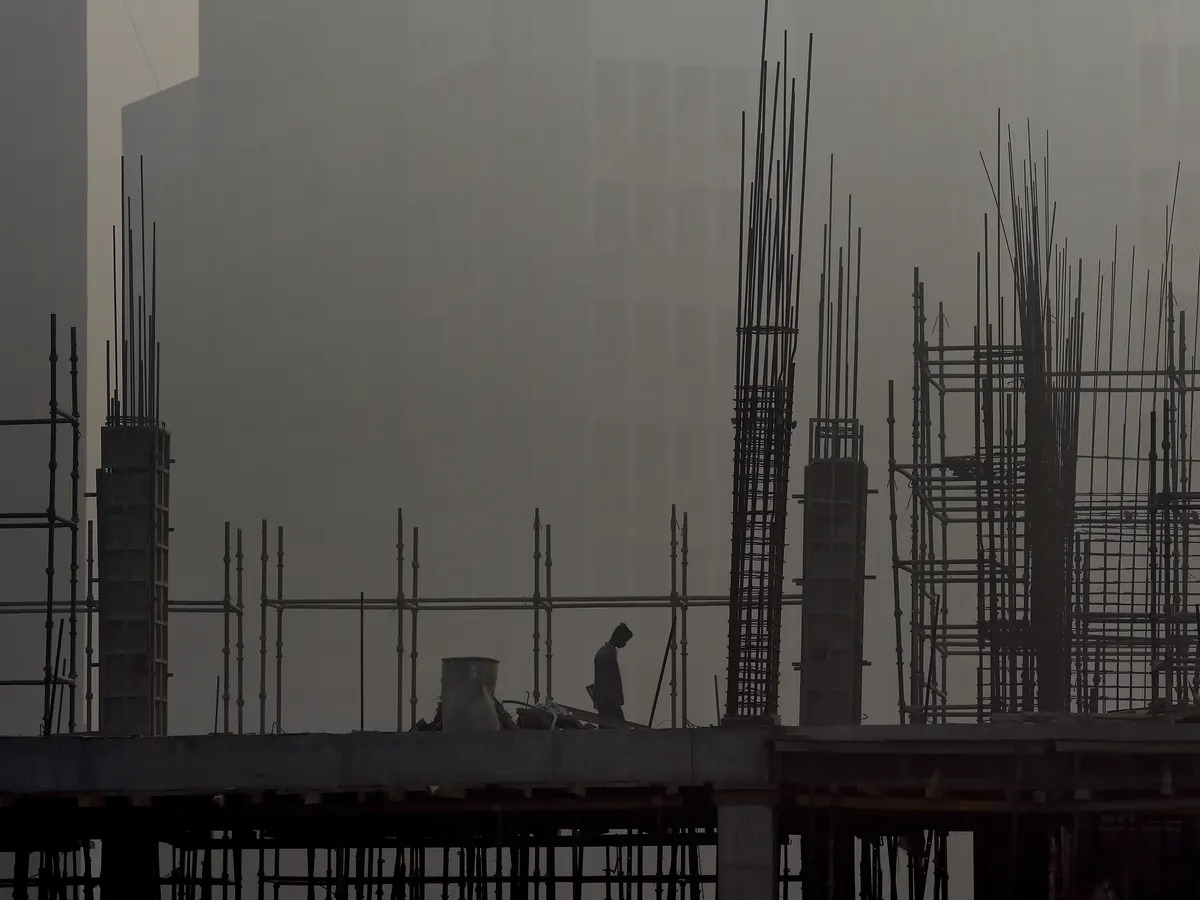

Building & Construction
How Does Construction Cause Air Pollution
Modified: January 24, 2024
Discover how building construction contributes to air pollution and learn about the environmental impacts caused by construction activities. Explore ways to minimize pollution in the construction industry.
(Many of the links in this article redirect to a specific reviewed product. Your purchase of these products through affiliate links helps to generate commission for Storables.com, at no extra cost. Learn more)
Introduction
Construction is an integral part of our modern society, enabling the development of infrastructure, residential and commercial buildings, and various facilities. However, while construction plays a vital role in societal progress, it also brings along a range of environmental challenges. One significant challenge is the impact of construction on air quality.
The process of construction often releases pollutants into the atmosphere, contributing to air pollution. These pollutants can have detrimental effects on both human health and the environment. It is crucial to understand the sources of air pollution in construction and adopt effective ways to mitigate its impact.
In this article, we will explore the different ways in which construction activities can cause air pollution. We will delve into the sources and types of pollutants released during construction and discuss strategies for mitigating construction-related air pollution.
By understanding these factors, we can develop sustainable practices and policies to reduce the environmental impact of construction and promote a healthier and cleaner environment for all.
Key Takeaways:
- Construction activities contribute to air pollution through dust, emissions from equipment, chemical releases, and transportation. Mitigation strategies and government regulations are crucial for reducing the environmental impact of construction.
- Implementing best practices, such as dust control measures, emission reduction technologies, and sustainable design, is essential for minimizing air pollution in the construction industry. Collaboration among stakeholders and adherence to government regulations are key for promoting cleaner and healthier construction practices.
Read more: How Does Construction Cause Soil Erosion
Impacts of Construction on Air Quality
Construction activities can have a significant impact on air quality, affecting both ambient air and indoor air quality. The release of pollutants during construction can lead to a range of negative consequences for human health, ecosystems, and the overall environment.
One of the most apparent impacts of construction on air quality is the increase in airborne dust and particulate matter. Dust is generated from various sources such as excavation, demolition, and construction material handling. These particles can be small enough to penetrate deep into the respiratory system, causing respiratory issues and exacerbating conditions like asthma. In addition, dust can contribute to reduced visibility and create hazardous conditions for workers and motorists.
Construction activities also release emissions from construction equipment, including diesel-powered machinery and vehicles. These emissions contain pollutants such as nitrogen oxides (NOx), sulfur oxides (SOx), and particulate matter. These pollutants can contribute to the formation of smog and have adverse effects on air quality and human health, including respiratory problems and cardiovascular issues.
Chemical releases and the presence of volatile organic compounds (VOCs) are another concern in construction-related air pollution. VOCs can be emitted from various construction materials, including paints, solvents, adhesives, and coatings. These compounds can react with other pollutants in the atmosphere, leading to the formation of ground-level ozone, a key component of smog. Prolonged exposure to VOCs can cause respiratory irritation, headaches, and contribute to long-term health issues.
Moreover, the transportation of construction materials and workers to and from construction sites can contribute to air pollution. The burning of fossil fuels in vehicles leads to the release of greenhouse gases and pollutants such as carbon monoxide (CO) and nitrogen dioxide (NO2), contributing to air pollution and climate change.
It is evident that construction activities have a significant impact on air quality, affecting both outdoor and indoor environments. Addressing these impacts requires a multifaceted approach that encompasses comprehensive mitigation strategies, adherence to best practices, and the implementation of stringent regulations and policies.
Sources of Air Pollution in Construction
In the construction industry, there are several significant sources of air pollution that contribute to the degradation of air quality. These sources encompass various activities and processes involved in construction projects. Understanding these sources is crucial for developing effective strategies to mitigate air pollution in construction.
Dust and Particulate Matter: Dust and particulate matter are major contributors to construction-related air pollution. Construction activities such as excavation, demolition, and material handling can generate significant amounts of dust. Additionally, natural materials like sand, cement, and gravel used in construction can also release fine particulate matter into the air. These particles, when inhaled, can cause respiratory issues and have adverse health effects.
Emissions from Construction Equipment: Construction sites often rely on a wide array of equipment and machinery, including diesel-powered vehicles, generators, and heavy machinery. These machines release emissions such as nitrogen oxides (NOx), sulfur oxides (SOx), and particulate matter into the atmosphere. These pollutants can contribute to smog formation and have detrimental effects on human health and the environment.
Chemical Releases and VOCs: Construction activities involve the use of various chemicals, including paints, adhesives, solvents, and coatings. These materials can release volatile organic compounds (VOCs) into the air. VOCs can contribute to the formation of ground-level ozone, a major component of smog, and can have adverse health effects when inhaled over extended periods.
Construction Site Transportation: The transportation of construction materials, equipment, and workers to and from construction sites can also contribute to air pollution. Vehicles used in transportation, especially those that burn fossil fuels, emit greenhouse gases and pollutants such as carbon monoxide (CO) and nitrogen dioxide (NO2). These emissions have negative ramifications for air quality and contribute to climate change.
Construction Waste: Improper management of construction waste can also lead to air pollution. Construction debris such as rubble, wood, and drywall can release dust and other pollutants into the air if not handled and disposed of properly. The burning of construction waste is especially concerning as it releases harmful emissions and pollutants into the atmosphere.
Awareness of these sources of air pollution in construction is the first step toward implementing effective mitigation strategies and ensuring environmentally sustainable construction practices. By addressing these sources, we can minimize the impact of construction activities on air quality and create a healthier environment for both construction workers and the communities in which they operate.
Dust and Particulate Matter
Dust and particulate matter are significant contributors to air pollution in construction. During construction activities such as excavation, demolition, and material handling, a substantial amount of dust is generated and released into the air. This dust consists of tiny particles that can have detrimental effects on both human health and the environment.
Construction dust primarily consists of fine particles that are small enough to be suspended in the air, including PM10 (particulate matter with a diameter of 10 micrometers or less) and PM2.5 (particulate matter with a diameter of 2.5 micrometers or less). These particles are so small that they can easily penetrate deep into the respiratory system when inhaled.
When individuals are exposed to construction dust, it can lead to a range of health issues. Short-term exposure can cause respiratory irritation, coughing, and exacerbation of pre-existing respiratory conditions such as asthma. Prolonged exposure to construction dust can result in chronic respiratory diseases, decreased lung function, and even lung cancer.
In addition to health concerns, construction dust can also have adverse effects on the environment. Large quantities of dust can cause reduced visibility, posing hazards to workers and motorists on construction sites and nearby roadways. Construction dust can also settle on vegetation, affecting plant growth and ecosystem health. Moreover, deposition of dust on water bodies can harm aquatic life and disrupt their aquatic habitats.
Controlling and managing dust on construction sites is essential for minimizing its impact on air quality. Several measures can be taken to address dust and particulate matter, including:
- Using water suppression techniques: Spraying water on dusty surfaces or using misting systems can help suppress dust by capturing and weighing down the particles.
- Implementing dust control measures: Using physical barriers or windbreaks can prevent dust from dispersing beyond the construction site perimeter.
- Proper waste management: Ensuring that construction waste materials, such as rubble and debris, are contained and disposed of properly can reduce the amount of dust released into the air.
- Using dust control equipment: Enclosing construction activities or using dust collection systems and filters on machinery and equipment can help capture and reduce dust emissions.
- Promoting proper ventilation: Adequate ventilation in enclosed areas can help prevent the accumulation of dust and maintain better air quality.
By implementing these measures, construction companies can effectively mitigate the release of dust and particulate matter, creating a safer and healthier work environment for employees and reducing the impact on surrounding communities and the environment.
Emissions from Construction Equipment
Construction equipment, such as diesel-powered vehicles, generators, and heavy machinery, plays a crucial role in construction projects. However, these equipment also contribute to air pollution through the emissions they release into the atmosphere. The pollutants emitted from construction equipment include nitrogen oxides (NOx), sulfur oxides (SOx), and particulate matter.
Nitrogen oxides (NOx) are produced when fuel is burned at high temperatures, such as in diesel engines. These emissions contribute to the formation of smog and ground-level ozone, which can have detrimental effects on human health and the environment. Exposure to high levels of NOx can cause respiratory problems, lung damage, and worsen existing respiratory conditions such as asthma.
Sulfur oxides (SOx) are another type of pollutant emitted from construction equipment, especially when using diesel fuel that contains sulfur. SOx emissions contribute to the formation of acid rain and can have severe impacts on ecosystems, vegetation, and human health. Prolonged exposure to high levels of SOx can lead to respiratory issues, lung damage, and cardiovascular problems.
In addition to NOx and SOx, construction equipment also releases particulate matter (PM) into the air. Particulate matter consists of small particles, including both solid and liquid droplets, that can be hazardous when inhaled. These particles can penetrate deep into the respiratory system and cause respiratory problems, including coughing, wheezing, and worsening of respiratory conditions.
To mitigate the emissions from construction equipment and reduce their impact on air quality, several measures can be implemented:
- Using cleaner fuels: Switching to low sulfur diesel or alternative fuels with lower emissions can help reduce the release of harmful pollutants into the air.
- Regular maintenance and tune-ups: Ensuring that construction equipment is properly maintained can optimize fuel combustion and reduce emissions.
- Investing in newer, more efficient equipment: Upgrading older equipment to newer models that meet or exceed emission standards can significantly reduce emissions.
- Implementing idle reduction practices: Encouraging operators to turn off equipment when not in use can reduce unnecessary emissions.
- Using emission control technologies: Installing particulate filters, exhaust gas recirculation systems, and selective catalytic reduction systems can help reduce emissions from construction equipment.
By implementing these measures, the construction industry can significantly reduce the emissions from construction equipment, improve air quality, and contribute to a healthier environment for workers and surrounding communities.
Chemical Releases and VOCs
Chemical releases and the presence of volatile organic compounds (VOCs) are significant contributors to air pollution in the construction industry. Construction activities involve the use of various chemicals, including paints, adhesives, solvents, and coatings, which can release VOCs into the air.
VOCs are organic chemicals that have a high vapor pressure at room temperature, meaning they easily evaporate into the air. Common VOCs found in construction materials include formaldehyde, benzene, toluene, and xylene. When released into the atmosphere, VOCs contribute to the formation of ground-level ozone, a major component of smog.
Exposure to VOCs can have several adverse health effects. Short-term exposure to high concentrations of VOCs can cause eye, nose, and throat irritation, headaches, and dizziness. Prolonged or repeated exposure to VOCs may lead to more severe health issues, including respiratory problems, liver and kidney damage, and even cancer.
To minimize the release of VOCs and reduce their impact on air quality, construction companies can adopt several strategies:
- Choosing low-VOC or zero-VOC materials: Opting for construction materials that have lower VOC content or are VOC-free can significantly reduce emissions of these harmful chemicals into the air.
- Implementing proper ventilation: Providing adequate ventilation in enclosed areas, such as during painting or applying adhesives, helps to remove or dilute VOCs, reducing their concentration in the air.
- Using VOC emissions control technologies: Employing VOC emission control systems, such as activated carbon filters and regenerative thermal oxidizers, can help capture and treat VOC emissions before they are released into the atmosphere.
- Proper storage and handling practices: Storing chemicals and materials in sealed containers and following safe handling procedures can prevent unnecessary VOC emissions due to spills or evaporation.
- Education and training: Providing education and training to construction workers about the hazards of VOCs and proper handling techniques can help reduce the inadvertent release of these chemicals into the air.
By adopting these measures, construction companies can minimize the release of VOCs, improve indoor and outdoor air quality, and create a safer and healthier environment for both workers and the surrounding community.
Consider using low-emission construction equipment and vehicles to reduce air pollution. Additionally, proper waste management and dust control measures can help minimize the impact of construction activities on air quality.
Construction Site Transportation
Transportation of materials, equipment, and workers to and from construction sites is an essential aspect of construction activities. However, it also contributes to air pollution and has a significant impact on air quality. The burning of fossil fuels in construction site transportation vehicles releases greenhouse gases and pollutants into the atmosphere, including carbon monoxide (CO) and nitrogen dioxide (NO2).
Carbon monoxide (CO) is a colorless and odorless gas that is released during the incomplete combustion of fossil fuels. In high concentrations, CO can be toxic and pose severe health risks, particularly affecting the cardiovascular and respiratory systems. Construction vehicles, such as trucks and heavy machinery, emit CO as a byproduct of burning fuel.
Nitrogen dioxide (NO2) is a reddish-brown gas and a prominent component of motor vehicle emissions. Exposure to NO2 can irritate the respiratory system and lead to respiratory issues, particularly in individuals with pre-existing respiratory conditions such as asthma. NO2 also contributes to the formation of smog and can have detrimental effects on air quality.
To mitigate the air pollution caused by construction site transportation, several strategies can be implemented:
- Promoting alternative transportation options: Encouraging the use of electric or hybrid vehicles, as well as bicycles or public transportation, can reduce the reliance on traditional fossil fuel-powered vehicles and decrease emissions.
- Implementing efficient logistics planning: Effective planning of transportation routes and schedules can minimize the distance traveled, reduce congestion, and optimize fuel consumption.
- Encouraging carpooling and ridesharing: Promoting carpooling among construction workers or providing incentives for ridesharing can help reduce the number of vehicles on the road, leading to lower emissions.
- Using fuel-efficient vehicles: Employing vehicles with improved fuel efficiency, such as those with high MPG ratings, can minimize fuel consumption and subsequently reduce emissions.
- Regular vehicle maintenance: Proper maintenance, such as ensuring tires are properly inflated and engines are tuned, can improve fuel efficiency and reduce emissions from construction vehicles.
By implementing these measures, construction companies can minimize the environmental impact of transportation associated with construction projects. These strategies not only help reduce air pollution but also contribute to overall sustainability efforts and promote a cleaner and healthier working environment.
Mitigation Strategies for Construction-Related Air Pollution
Construction-related air pollution can have significant impacts on human health and the environment. To combat these issues and promote healthier and cleaner construction practices, several mitigation strategies can be implemented. These strategies focus on reducing the release of pollutants and adopting sustainable approaches throughout the construction process.
1. Dust Control Measures: Implementing effective dust control measures is crucial to minimize the release of dust and particulate matter during construction activities. This can include spraying water on dusty surfaces, using physical barriers or windbreaks, and employing dust collection systems on machinery and equipment. Proper waste management and containment of construction debris can also prevent the dispersion of dust into the air.
2. Emission Reduction Technologies: Utilizing emission control technologies on construction equipment, such as particulate filters and catalytic converters, can significantly reduce the release of pollutants into the atmosphere. Upgrading older equipment to newer, more fuel-efficient models can also help mitigate emissions and improve air quality.
3. Alternative Fuel and Energy Sources: Transitioning to cleaner fuel alternatives, such as biodiesel or compressed natural gas (CNG), can help reduce air pollution from construction equipment. Implementing renewable energy solutions on construction sites, such as solar panels or wind turbines, can also minimize reliance on fossil fuel-powered generators and reduce emissions.
4. Use of Low VOC Materials: Choosing construction materials with low volatile organic compound (VOC) content or opting for VOC-free alternatives can significantly reduce the release of harmful chemicals into the air. This can include low VOC paints, adhesives, coatings, and sealants.
5. Sustainable Transportation Strategies: Encouraging the use of alternative transportation options, such as electric vehicles or bicycles, for both workers and materials can help reduce emissions from construction site transportation. Promoting efficient logistics planning, carpooling, and ridesharing can also minimize the number of vehicles on the road and lower overall emissions.
6. Implementing Best Practices and Guidelines: Adhering to industry best practices and guidelines for construction projects can help reduce the environmental impact and air pollution. This includes proper waste management, adhering to emission standards, and ensuring adequate ventilation on construction sites to minimize the accumulation of pollutants.
7. Education and Training: Providing education and training to construction workers about the importance of air pollution mitigation and proper handling of materials can promote awareness and responsible practices. Training programs can focus on the use of proper equipment, techniques, and the importance of following environmental regulations.
By implementing these mitigation strategies, construction companies can significantly reduce the environmental impact of construction-related air pollution. These measures not only improve air quality but also promote sustainability and create healthier and safer working environments for construction workers and surrounding communities.
Implementation of Best Practices in the Construction Industry
Implementing best practices in the construction industry is crucial for reducing the environmental impact and improving overall sustainability. By adopting these practices, construction companies can minimize air pollution and promote responsible construction methods. Here are some key areas where best practices can be implemented:
1. Sustainable Design: Incorporating sustainable design principles from the start of a construction project can have a significant impact on reducing air pollution. This includes designing buildings and infrastructure that prioritize energy efficiency, natural ventilation, and the use of environmentally friendly materials.
2. Green Building Certifications: Pursuing green building certifications, such as LEED (Leadership in Energy and Environmental Design), can encourage the adoption of sustainable practices in construction projects. These certifications provide guidelines for implementing energy-efficient systems, utilizing renewable energy sources, and reducing emissions.
3. Construction Waste Management: Proper waste management is essential for reducing air pollution on construction sites. Implementing effective waste segregation, recycling, and reuse programs can minimize the amount of waste sent to landfills and prevent unnecessary pollution from construction debris. Responsible disposal of hazardous materials is also crucial to avoid potential air contamination.
4. Water Conservation: Implementing water conservation measures not only helps preserve this precious resource but also reduces air pollution. Efforts such as using water-efficient fixtures, implementing rainwater harvesting systems, and minimizing water runoff can prevent the pollution of water bodies and reduce the energy required for water treatment.
5. Energy Efficiency: Implementing energy-efficient practices and technologies in construction projects can significantly reduce greenhouse gas emissions and air pollution. This includes using energy-efficient lighting, insulation, and HVAC systems, as well as integrating renewable energy sources such as solar panels or geothermal heating and cooling systems.
6. Green Procurement: Choosing environmentally friendly materials and products during the procurement process can help minimize the release of pollutants. Prioritizing suppliers that offer low VOC materials, sustainable timber, and recycled products reduces the environmental impact of construction activities.
7. Environmental Monitoring: Regular environmental monitoring can help identify areas of concern and ensure compliance with regulations. Monitoring air quality, noise levels, and dust emissions allows construction companies to take proactive measures to mitigate pollution and protect the health of workers and nearby communities.
8. Collaboration and Stakeholder Engagement: Collaboration among project stakeholders, including construction companies, contractors, architects, and local communities, is essential for successful implementation of best practices. Engaging stakeholders in sustainable decision-making processes and fostering open communication promotes the adoption of environmentally responsible practices.
By implementing these best practices, the construction industry can minimize its environmental footprint and contribute to cleaner air, reduced emissions, and a more sustainable future. It is essential for construction companies to embrace these practices and work towards creating a more environmentally conscious industry.
Government Regulations and Policies
Government regulations and policies play a crucial role in addressing air pollution in the construction industry. By implementing and enforcing regulations, governments can ensure that construction activities are carried out in a manner that minimizes the release of pollutants and protects the environment. Here are some key aspects of government regulations and policies:
Emission Standards: Governments establish emission standards that define the maximum allowable levels of pollutants that can be emitted from construction equipment and vehicles. These standards often include limits on exhaust emissions, such as nitrogen oxides (NOx), sulfur oxides (SOx), and particulate matter (PM). Construction companies are required to comply with these standards and ensure that their equipment meets the specified emission limits.
Permitting and Compliance: Governments require construction companies to obtain permits and comply with specific regulations before initiating construction activities. This includes obtaining environmental permits, which ensure that construction projects adhere to air pollution control measures and other environmental requirements. Regular inspections are conducted to ensure compliance, and penalties may be imposed for violations.
Environmental Impact Assessments (EIAs): Governments often require construction projects to undergo environmental impact assessments to evaluate their potential environmental effects, including air pollution. EIAs assess the environmental impacts of construction activities and provide recommendations for mitigation measures to minimize adverse effects on air quality and other environmental aspects.
Green Building Codes and Certifications: Governments may develop and enforce green building codes, which mandate energy-efficient designs, sustainable materials, and emission reduction practices in construction projects. Additionally, governments often recognize and promote green building certifications, such as LEED (Leadership in Energy and Environmental Design), that encourage the adoption of sustainable practices and reduce air pollution in the construction industry.
Construction Site Management: Governments may develop guidelines and regulations that focus on construction site management, including measures to control dust, prevent soil erosion, and manage construction waste. These regulations require construction companies to implement best practices for dust control, proper waste disposal, and other pollution prevention measures.
Public Transportation and Infrastructure Planning: Governments can have a significant impact on reducing air pollution in the construction industry by prioritizing public transportation and encouraging sustainable infrastructure planning. By investing in public transit systems, promoting alternative modes of transportation, and incorporating walkable and bike-friendly infrastructure, governments can reduce the reliance on private vehicles and minimize emissions from construction site transportation.
Incentives and Tax Breaks: Governments can provide incentives and tax breaks to encourage construction companies to adopt environmentally friendly practices. These incentives may include grants for energy-efficient equipment, tax credits for using renewable energy sources, or financial support for implementing green building practices. These measures can incentivize sustainable practices and accelerate the adoption of pollution-reducing technologies.
Government regulations and policies are essential for driving environmentally conscious practices in the construction industry. By establishing and enforcing these regulations, governments can effectively reduce air pollution, protect public health, and promote sustainable construction practices that contribute to a cleaner and healthier environment.
Conclusion
Air pollution caused by construction activities poses significant risks to both human health and the environment. Dust and particulate matter, emissions from construction equipment, chemical releases, and transportation-related pollution are key sources of air pollution in the construction industry. However, through the implementation of best practices and the enforcement of government regulations and policies, construction companies can mitigate these impacts and promote sustainability.
By controlling dust and particulate matter through effective measures such as water suppression and proper waste management, construction companies can minimize the release of harmful particles into the air. The adoption of emission reduction technologies, alternative fuels, and energy-efficient equipment can significantly reduce air pollution caused by construction equipment. Furthermore, selecting low VOC materials and implementing proper ventilation can help limit chemical releases and improve indoor air quality.
Sustainable transportation strategies and collaboration among stakeholders can also contribute to reducing air pollution in construction, with the promotion of alternative transportation options and the efficient management of logistics. Additionally, the implementation of best practices throughout the construction process, including sustainable design, waste management, and water conservation, is crucial for minimizing the environmental impact and reducing air pollution.
Government regulations and policies play a vital role in driving positive change in the construction industry. Through the establishment of emission standards, permitting and compliance mechanisms, and environmental impact assessments, governments ensure that construction activities adhere to environmental guidelines. Green building codes and certifications, as well as incentives and tax breaks, further encourage construction companies to adopt sustainable practices and reduce air pollution.
In conclusion, tackling air pollution in the construction industry requires a proactive and collaborative approach. By implementing best practices, adhering to government regulations, and embracing sustainable construction methods, we can protect human health, preserve the environment, and create a more sustainable future. It is essential for construction companies, governments, and stakeholders to work together to reduce air pollution, improve air quality, and foster a healthier and cleaner environment for all.
Frequently Asked Questions about How Does Construction Cause Air Pollution
Was this page helpful?
At Storables.com, we guarantee accurate and reliable information. Our content, validated by Expert Board Contributors, is crafted following stringent Editorial Policies. We're committed to providing you with well-researched, expert-backed insights for all your informational needs.




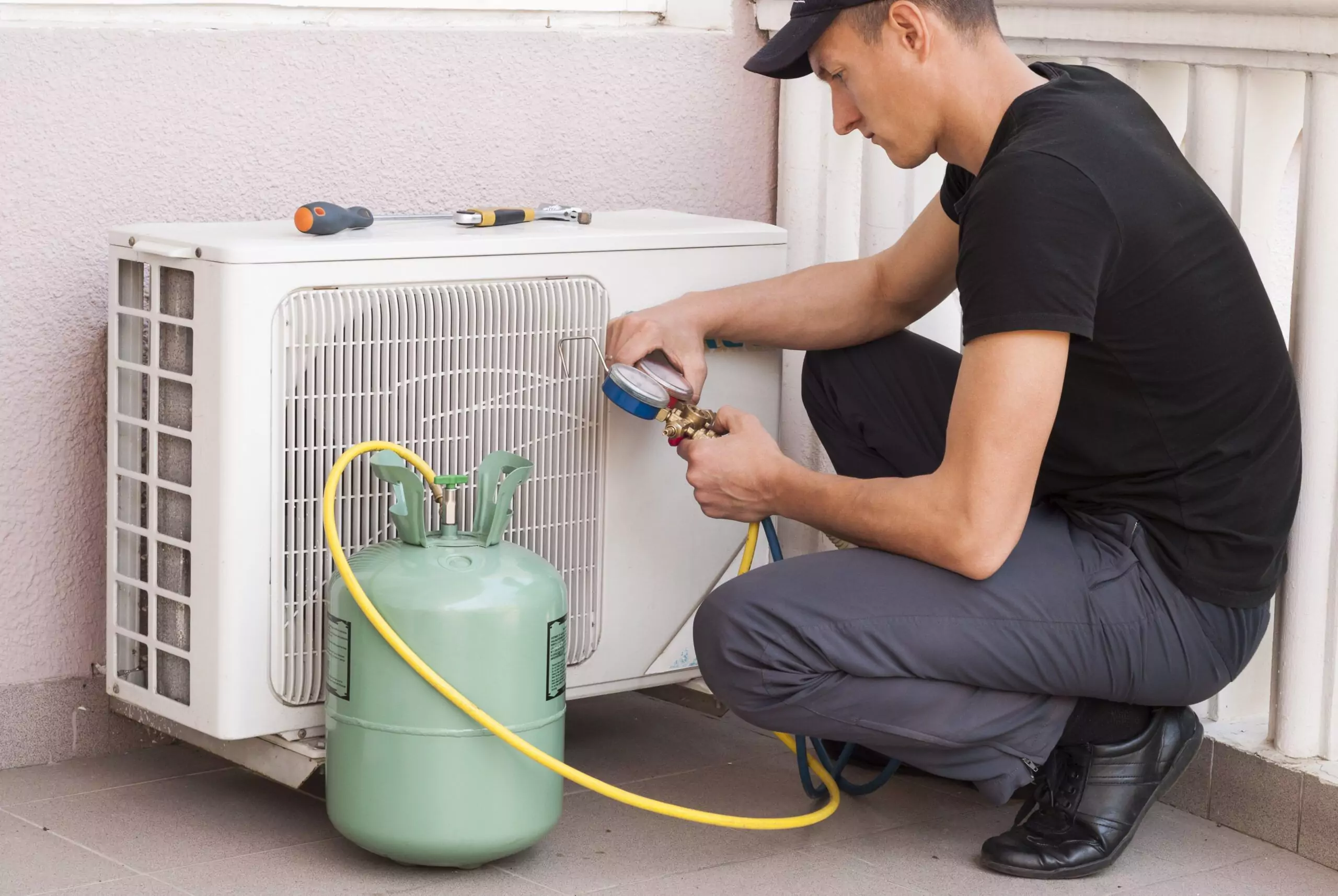
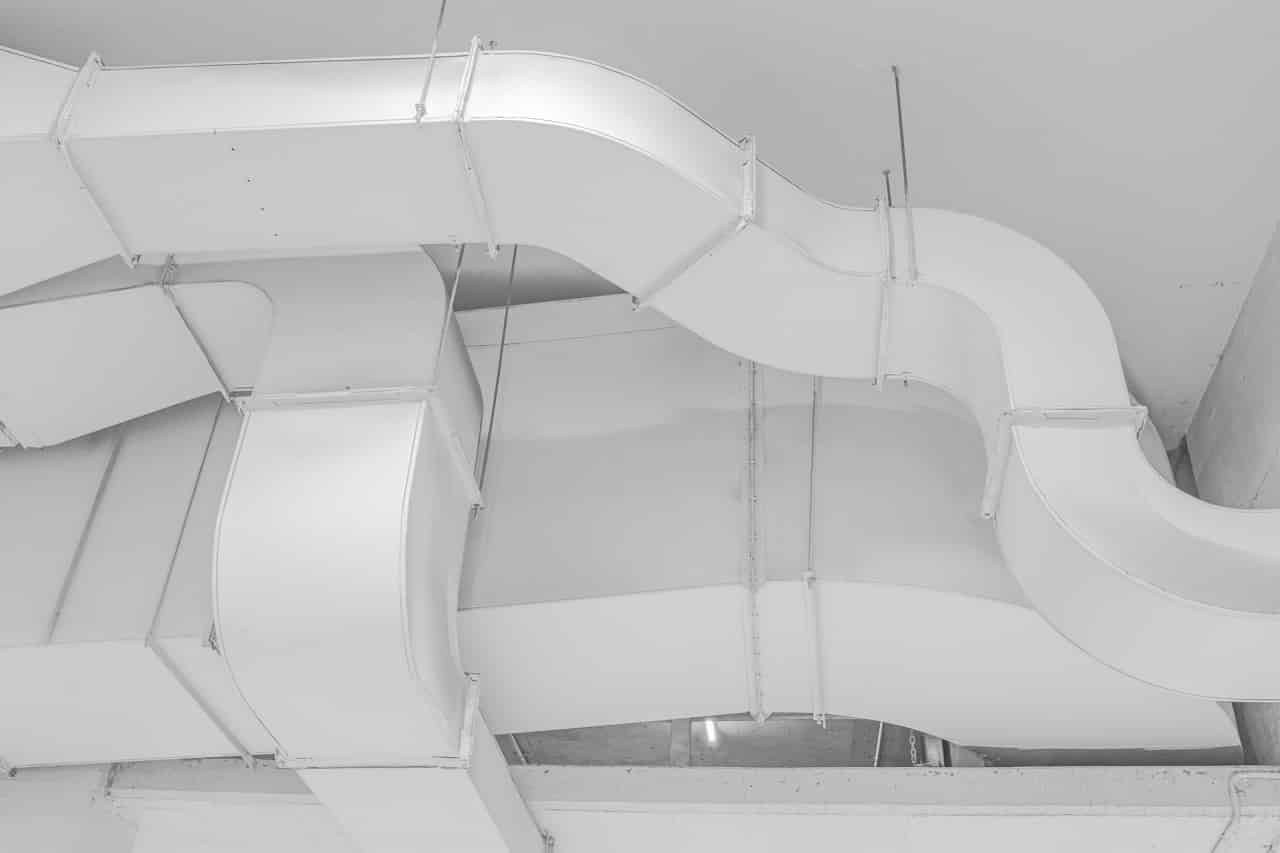
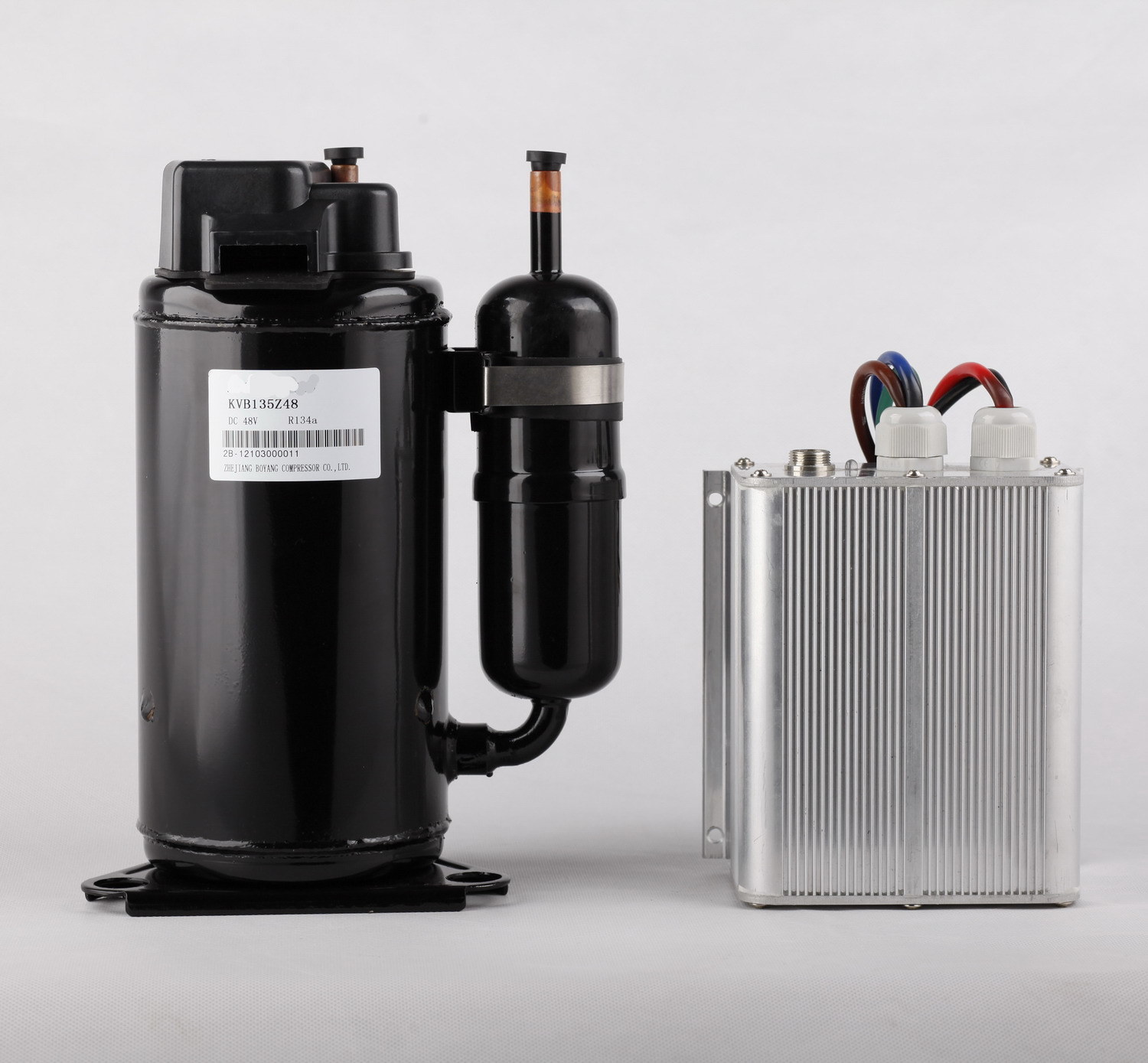
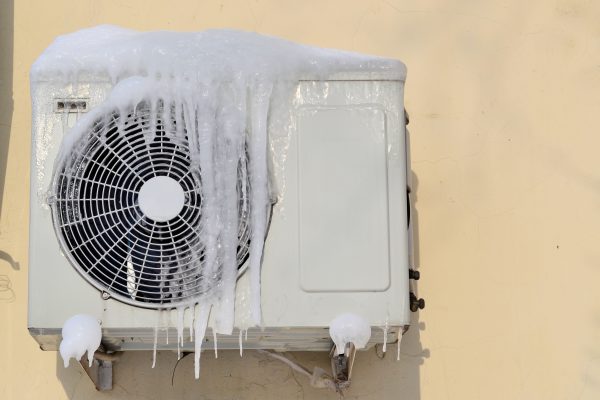
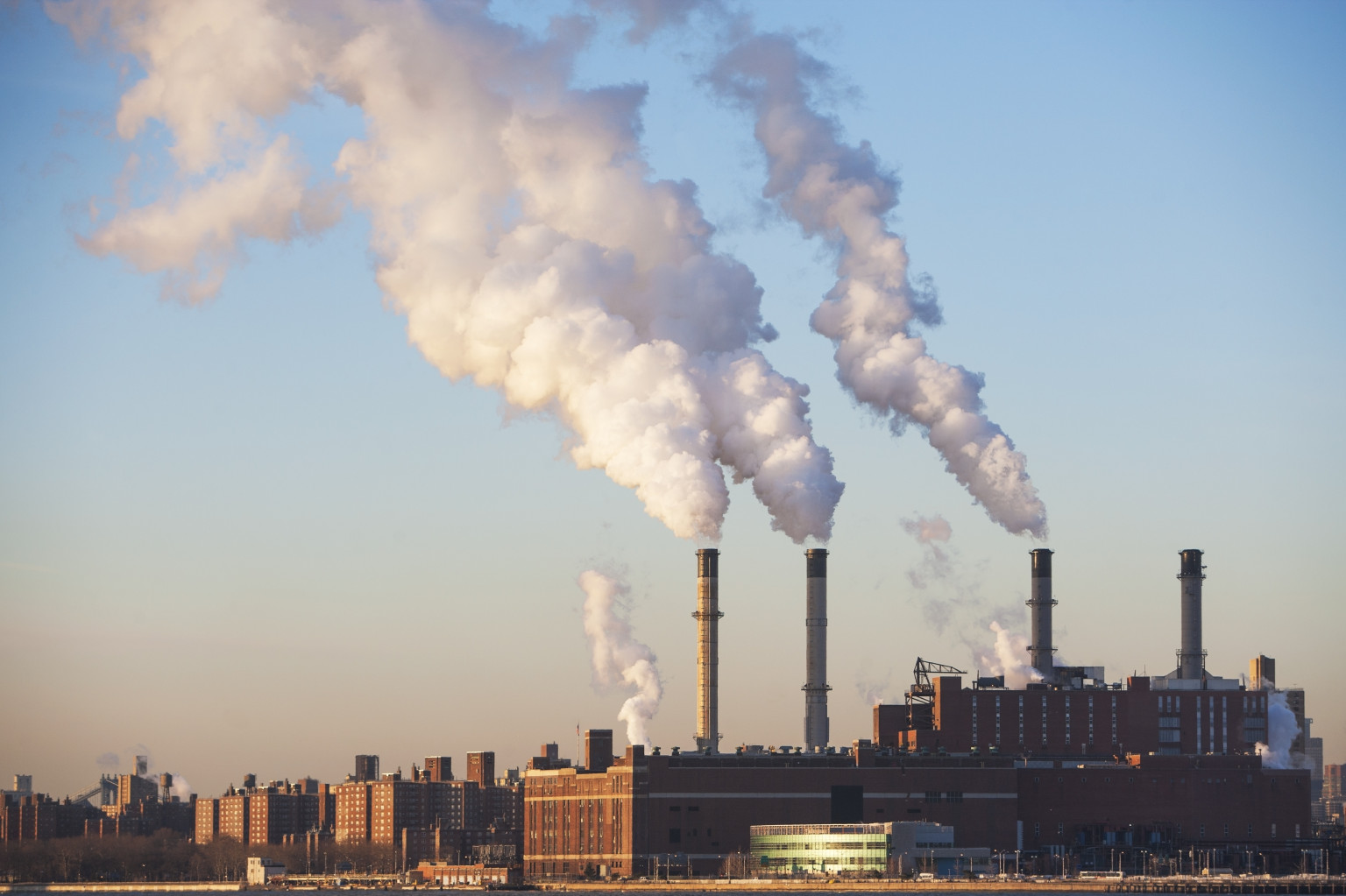
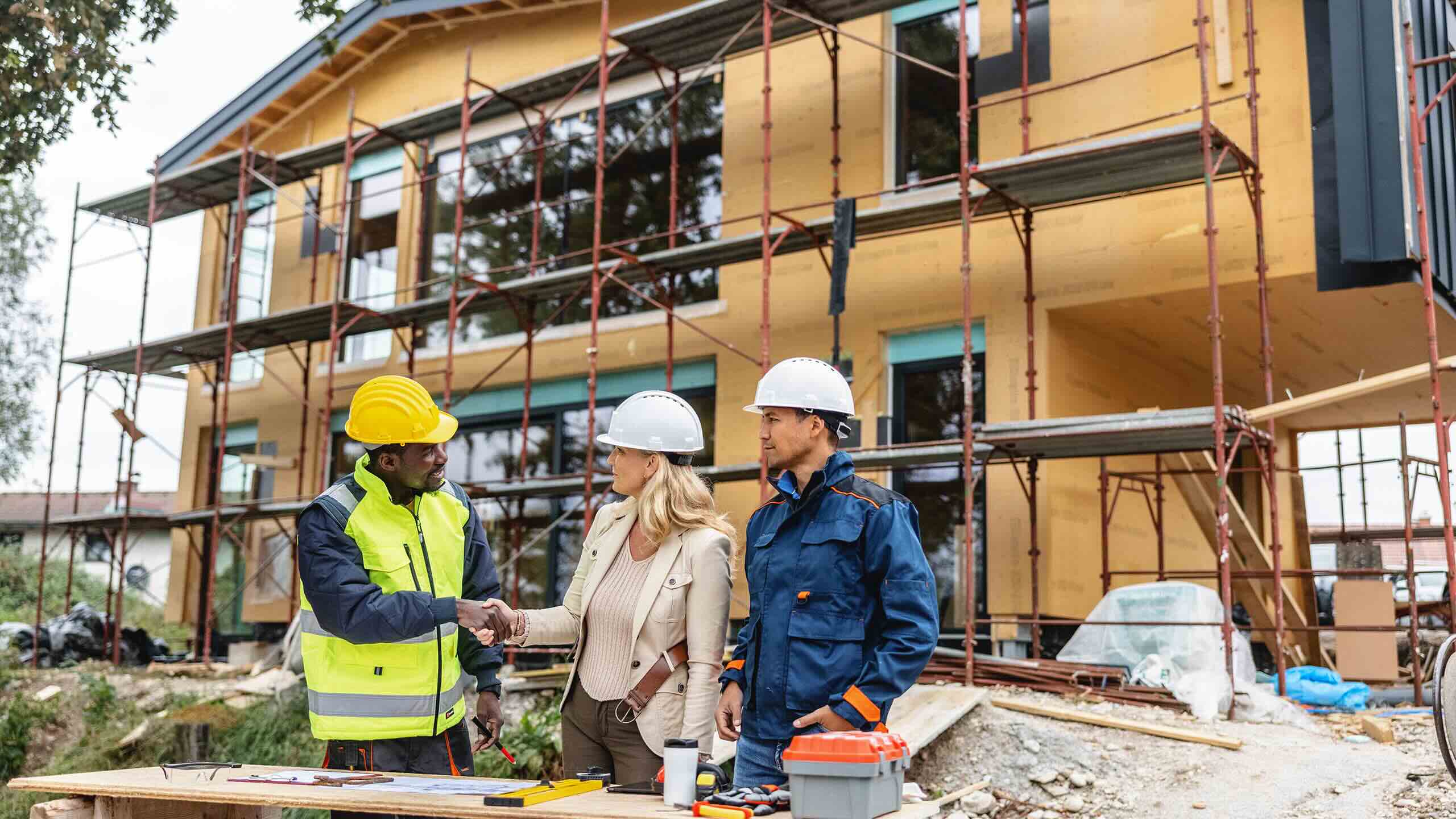
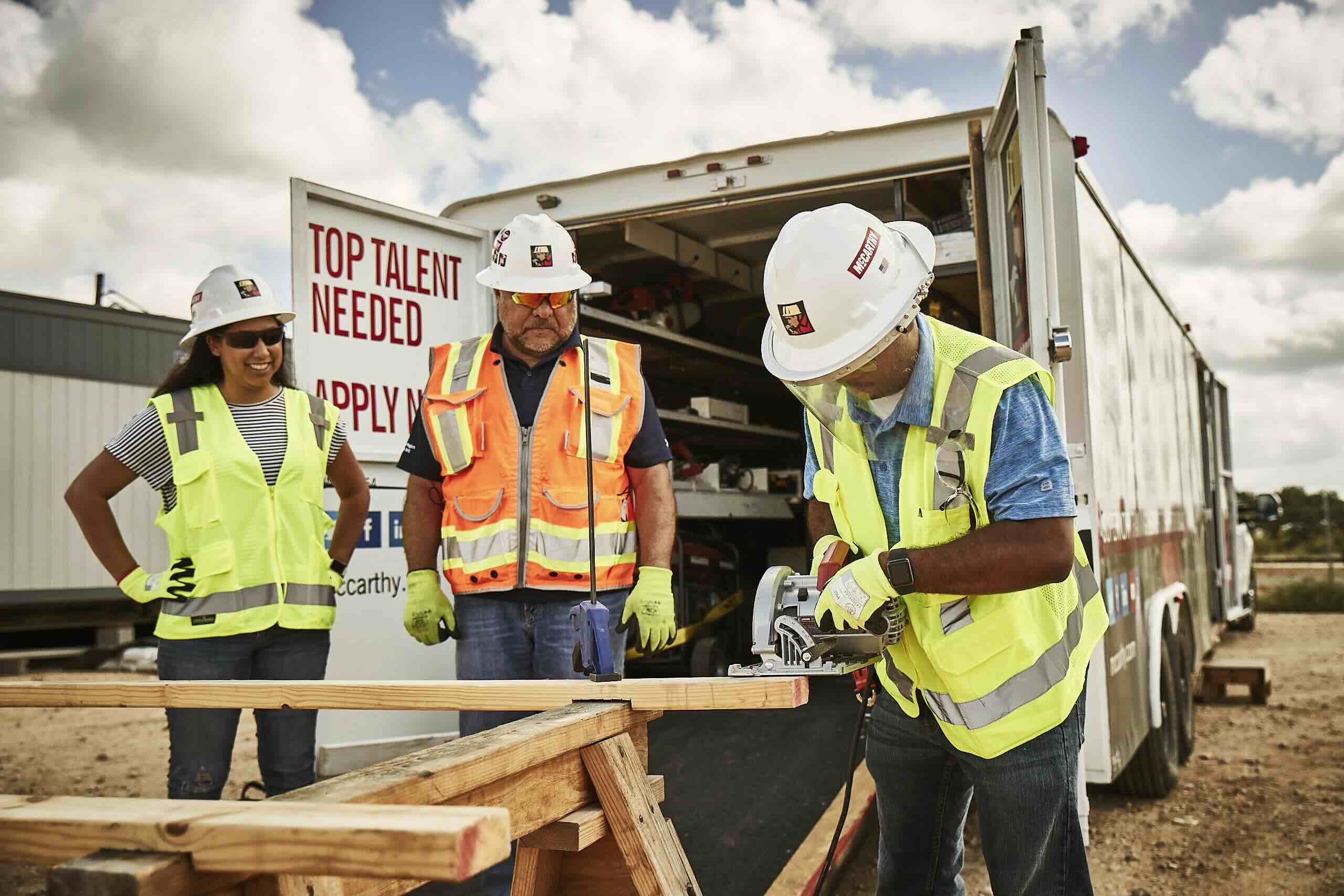
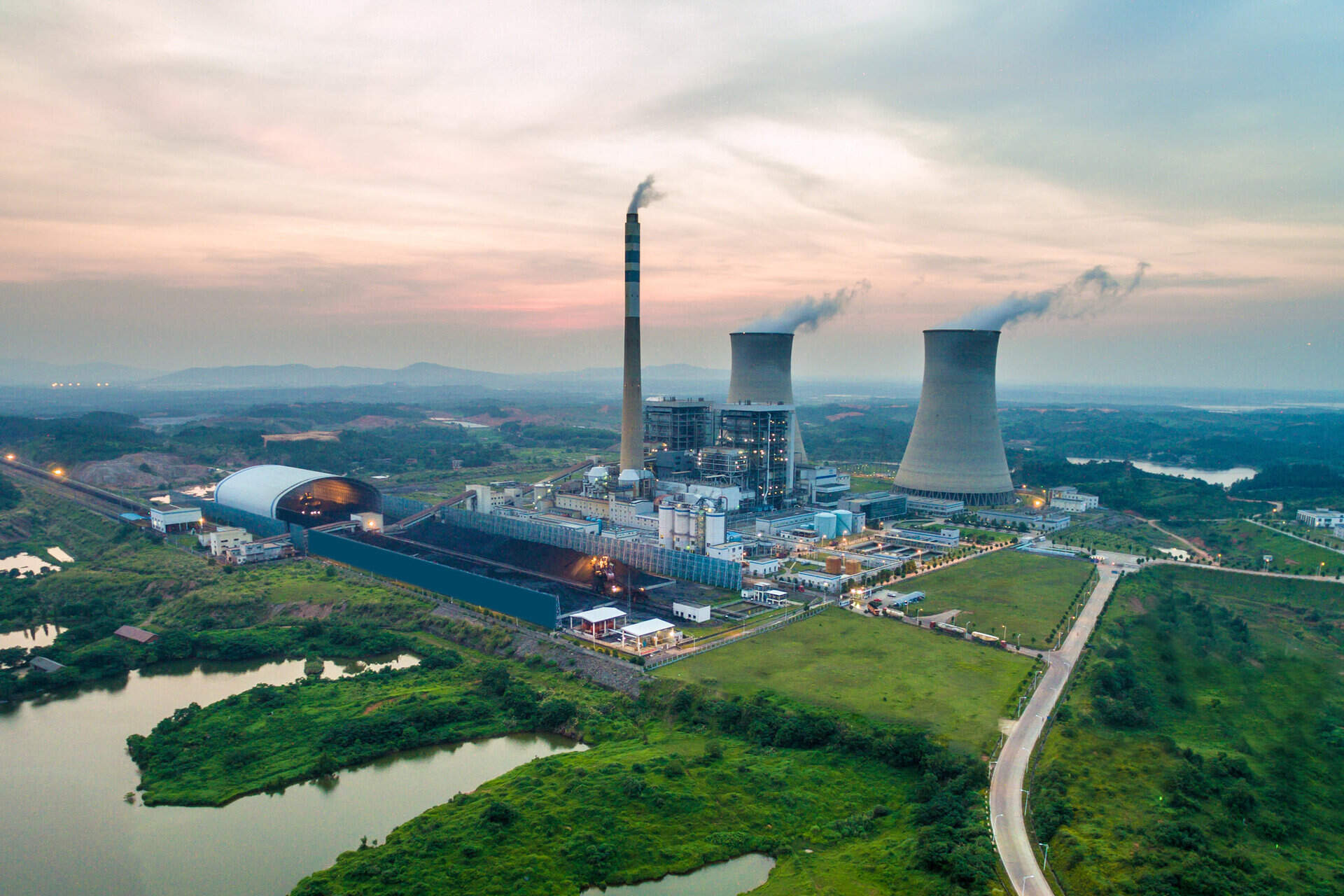


0 thoughts on “How Does Construction Cause Air Pollution”